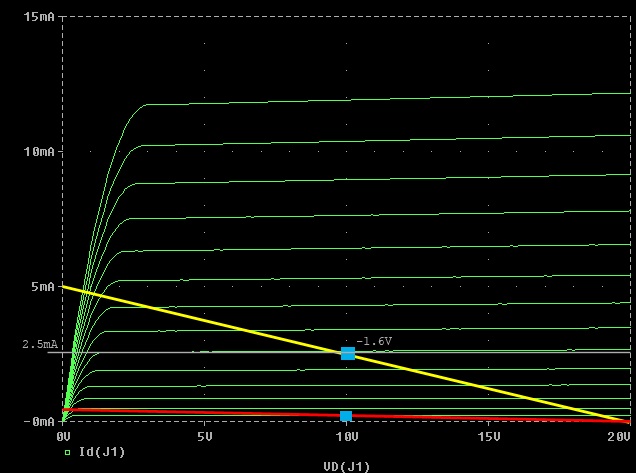KasperNyhus
Well-known member
Hi
This seems like a really noob question but I just can't figure out how to wire the peluso p-k87i capsule to the pcb.
First, is the peluso a dual isolated backplate capsule? I found that the screws on either side is electrinically connected... So I guess not...
Also found this quote:
"When the U 87Ai was introduced, the K67 was employed again, as there was no advantage perceived with using the split backplate."
http://recordinghacks.com/microphones/Neumann/U-87-Ai#ixzz1pUMxOm2D
So what wires should go to cap and bdy on the pcb if both backplates are the same?
I'm planning to use only card and omni as I have bought the german version of the mic bodys suited for the project - the "Fame" microphone which seem very good for the job btw...
Hope someone can clear up my messy understanding of the circuit!
Cheers,
Kasper
This seems like a really noob question but I just can't figure out how to wire the peluso p-k87i capsule to the pcb.
First, is the peluso a dual isolated backplate capsule? I found that the screws on either side is electrinically connected... So I guess not...
Also found this quote:
"When the U 87Ai was introduced, the K67 was employed again, as there was no advantage perceived with using the split backplate."
http://recordinghacks.com/microphones/Neumann/U-87-Ai#ixzz1pUMxOm2D
So what wires should go to cap and bdy on the pcb if both backplates are the same?
I'm planning to use only card and omni as I have bought the german version of the mic bodys suited for the project - the "Fame" microphone which seem very good for the job btw...
Hope someone can clear up my messy understanding of the circuit!
Cheers,
Kasper































![Soldering Iron Kit, 120W LED Digital Advanced Solder Iron Soldering Gun kit, 110V Welding Tools, Smart Temperature Control [356℉-932℉], Extra 5pcs Tips, Auto Sleep, Temp Calibration, Orange](https://m.media-amazon.com/images/I/51sFKu9SdeL._SL500_.jpg)


